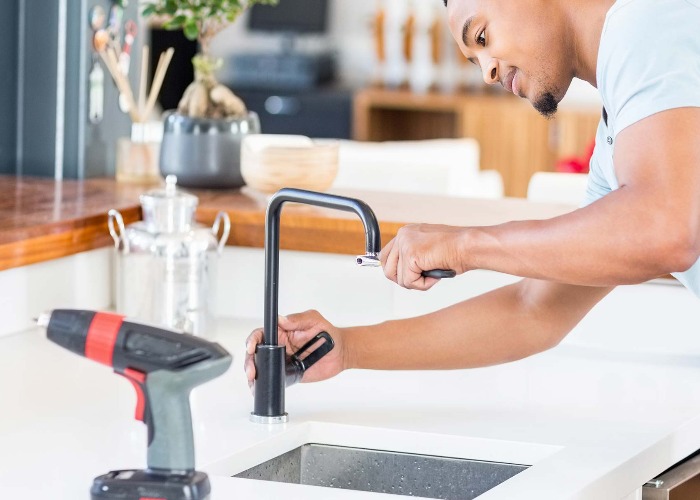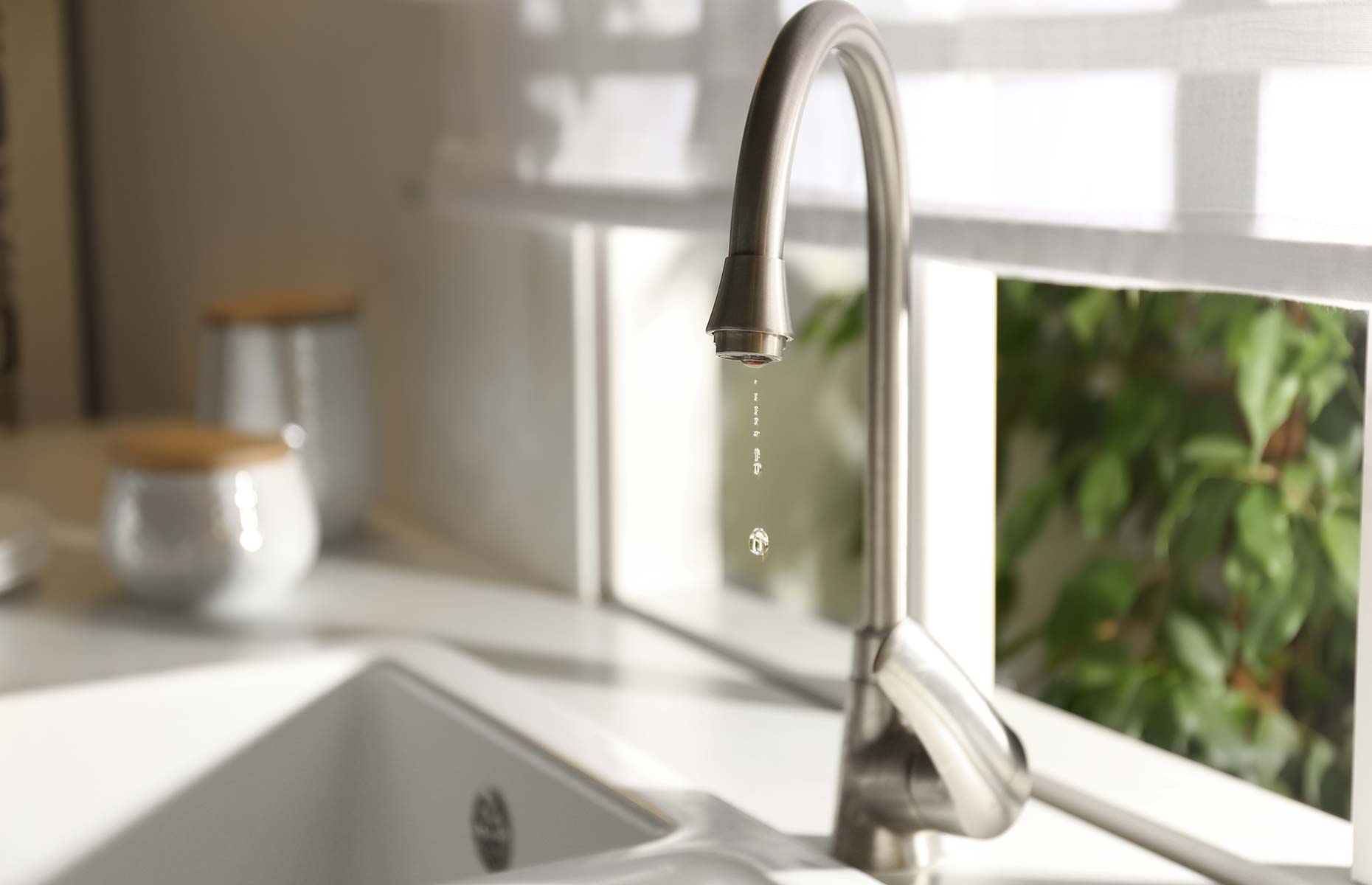Ignoring these small repairs could cost you up to £30,000

Neglecting the maintenance of your home could escalate an easy fix into an expensive headache further down the line
There are many areas of life where small problems can spiral into larger ones if they're left to linger, but nowhere is this more true than in the home.
READ MORE: 6 common plumbing problems and how to fix them
Little issues can quickly escalate and it’s no exaggeration to say that an overlooked maintenance job that might have initially cost £100 can easily grow into a repair bill for £10,000.
Tap Warehouse has crunched the numbers and estimates that by acting quickly on seven seemingly small household flaws, you could save yourself as much as £30,000.
Even if you rent rather than own, it’s a good idea to be aware of how to spot flaws that have the potential to spiral out of control.
For one thing, you’re the one living in the property and the inconvenience will be on you if intrusive work is needed later down the line. Plus, you’re likely to stay in your landlord’s good books if you save them from huge remedial costs.
So what should you look out for and how much could repairs set you back if you turn a blind eye?
1. Broken or leaky gutters: £12,500
Leaking gutters have the potential to cause serious damage to properties. Once water backs up into the gutter, it can start to leak through the roof, which over time can cause structural damage to walls, chimneys and even foundations.
Tap Warehouse puts the repair cost at an enormous £12,500 on average, which seems astronomical considering basic parts to fix faulty gutters can be picked up at DIY stores for under a tenner.
2. Cracked sealant: £2,000
You may have installed a luxurious new bathroom when you bought your property, but are you keeping a regular eye on the sealant and grout? These only last so long and if your bathroom is not on the ground floor, cracks can allow water to seep through to the ceiling below.
Even a small leak could cost £2,000 to repair once paint and plasterwork are taken into account. Fix any cracked or missing sealant or grout immediately and you should aim to completely reseal your shower and bath every one to two years.
3. Dirty fridge coils: £441
Most of us probably clean out the inside of our fridges on a regular basis. But how many of us clean the outside? The condenser coils at the back are a particular problem as they can become clogged with dust, dirt and pet hair – the dirtiest places in our homes are often not where we think!

Once the dirt becomes embedded, your fridge has to work harder to keep itself cool, costing you more in electricity (an additional £56 a year, estimates Tap Warehouse). The second is that it shortens the life of your fridge, so you’ll have to fork out for a new one sooner.
Repairs can mount to £385, and when coupled with the increase in annual bills, you're looking at a hefty cost of £441.
4. Blocked air bricks: £16,000
They’re easy to overlook given they are often only just above ground level, but air bricks play a vital role in allowing air to flow under buildings with suspended timber floors. If you let them get blocked with soil, leaves or plants, moisture won’t be able to escape.
This could cause condensation and eventually, the dreaded damp. Even when caught relatively quickly, rising damp can cost £400 to fix, but left untreated you could be looking at a whopping £16,000 in repair costs.
5. A dripping tap: £300
A constantly leaking tap is certainly annoying, especially if you can hear it in bed. But it’s also costing your wallet and the planet. Taps that drip constantly can use more than 450 litres of water a day, adding an average of £300 a year onto your water bill.
And if it’s hot water, it will also add a sizeable sum to your gas or electric bill. A dripping tap can be relatively easy to fix – Tap Warehouse has a step-by-step guide to help you get to the cause of the issue.

6. A running toilet: £300
Like a dripping tap, a constantly running toilet can add hundreds of pounds to your yearly water bill. But toilet leaks can be trickier to spot than a dripping tap.
One good way to check if your loo is leaking is to look for any flow of water at the back of the pan when it hasn’t been flushed.
Another handy hint is to put some food colouring in the cistern and wait 10 minutes to see if it ends up in the bowl – if it does, you have a leak. Be sure to flush after 10 minutes to avoid staining!
7. Inefficient showerheads: £95
Taking a shower rather than a bath typically saves water and money. But if your showerhead is not efficient you could actually be using more water than you would in a bath, especially if your shower takes hot water straight from a boiler or water tank, unlike an electric shower.
Over a year, changing to a water-saving showerhead that regulates the flow of water could save a family of four £40 on their gas bill and £55 on their water bill.
READ MORE: What is subsidence? 5 warning signs every homeowner should know
Featured image: wavebreakmedia / Shutterstock
Comments
Be the first to comment
Do you want to comment on this article? You need to be signed in for this feature